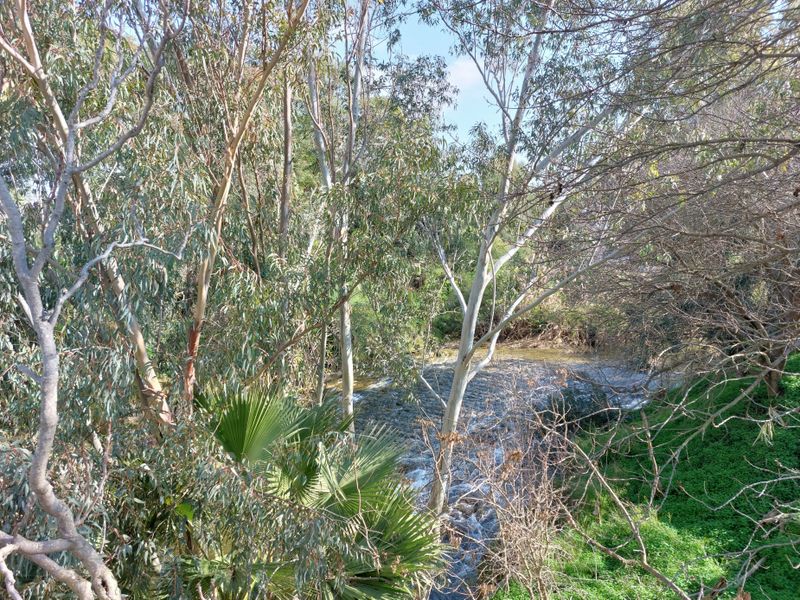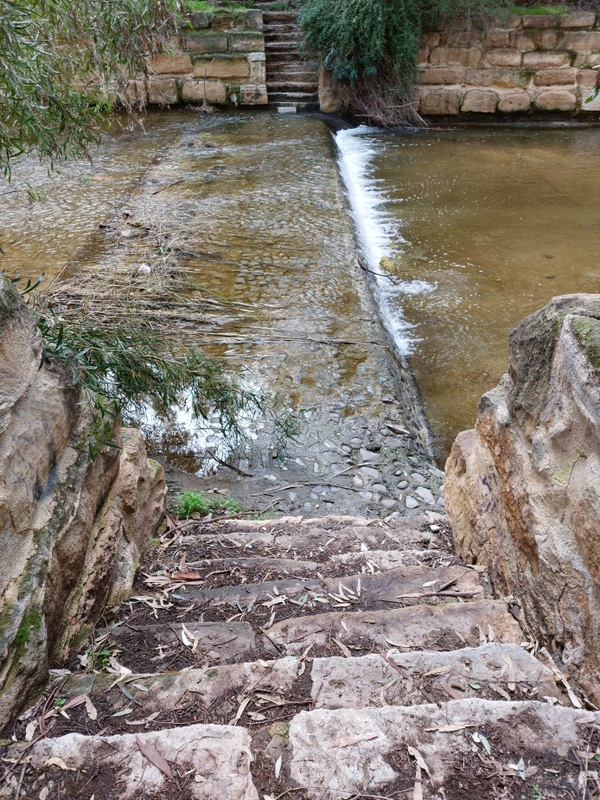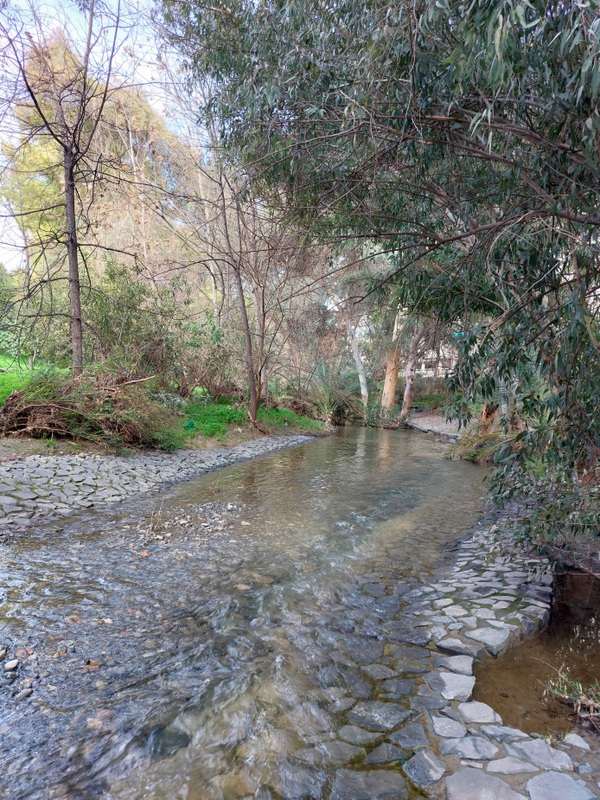By Philippos Stylianou
Nicosia is the only inland city of Cyprus and for that matter the only dry one as well since all the other big towns are blessed with a seafront. Be that as it may, the capital finds solace in Pedieos, a voluminous torrent that in a good year runs through it with the pretence of a river following a scenic course that cuts even across the city’s political divide enforced by the Turkish military occupation of its northern part.

The Pedieos, or Pidias in the vernacular, springs 1,423 metres high up in the Macheras Mountains to the southwest, winds its 80-mile course down the steep slopes through a cluster of picturesque villages and then descends to Nicosia and the Mesaoria plain from which it derives its name, literally meaning “river of the plain.” It finishes up near Famagusta in the occupied area, if it manages to reach that far. In the old times it used to go farther than that, discharging itself into the bay of Salamis, as is noted by the ancient geographer Claudius Ptolemy. Indeed, the decay of this important city of antiquity is largely attributed to the gradual shallowness of the port caused by the alluvial deposits of Pedieos.

Severe droughts excluded, the average yearly flow of Pedieos amounts to 50 million cubic feet of water. Given the water problem of Cyprus, public opinion decreed that this was too much of the precious element to be wasted, so a dam was constructed near the river source in the early 2000s with a capacity of 2.8 million tonnes of water.

Even so, the spill-over and rainfall replenishment along the river bed are enough to keep Pedieos running for the people to enjoy; the current year is a particularly good one, having exceeded by far the average rainfall.

The passage of the Pedieos through present –day Nicosia and its environs is easily traceable by the rich vegetation, with gigantic eucalyptus trees towering above everything else. The public can make the most of it thanks to a 14-km pedestrian walk and cycle course, the longest of its kind in the island.





